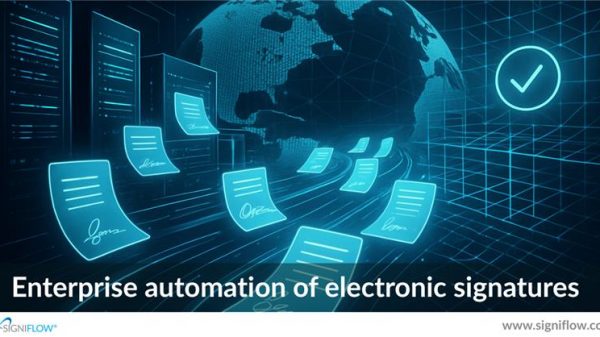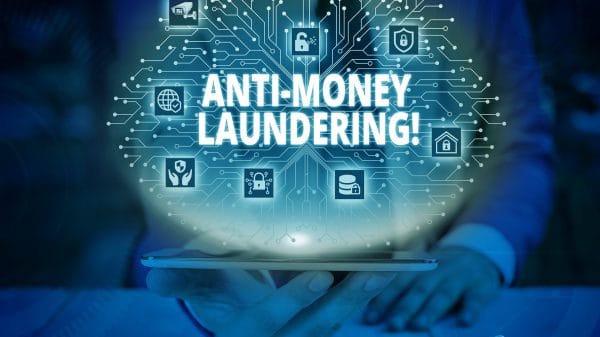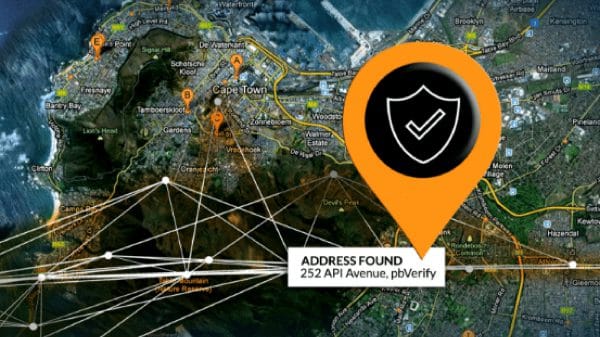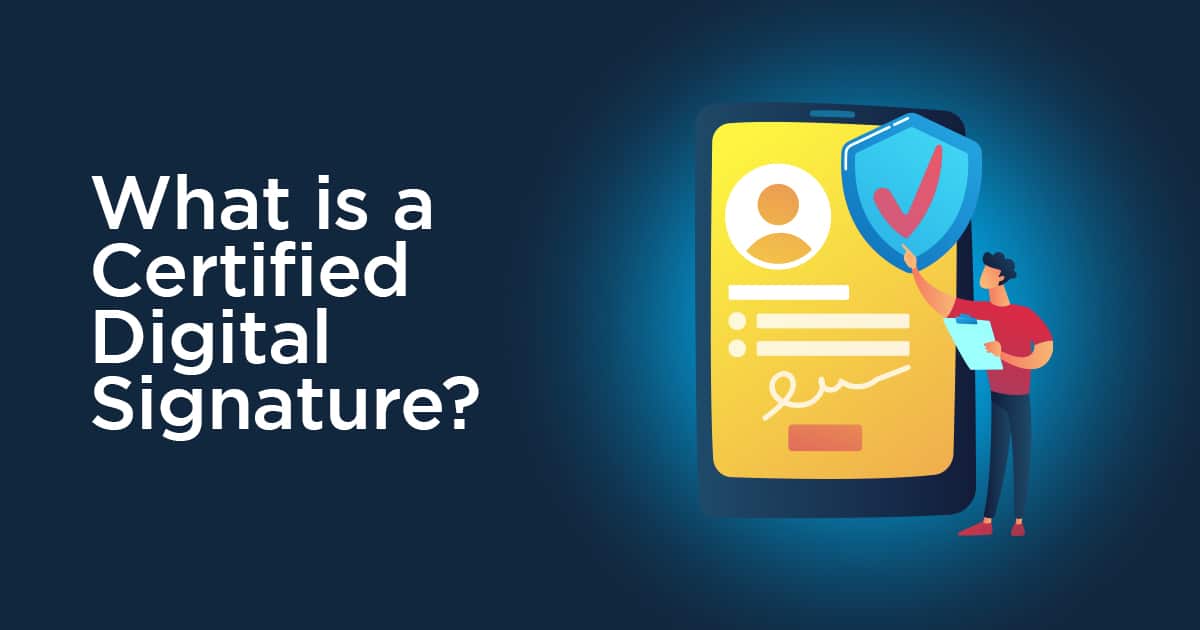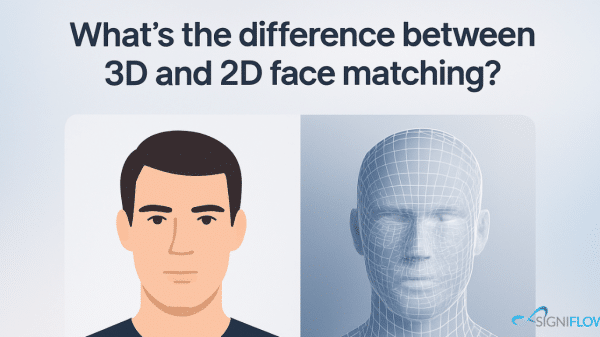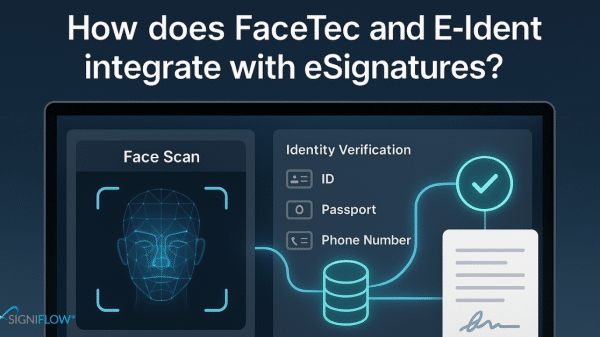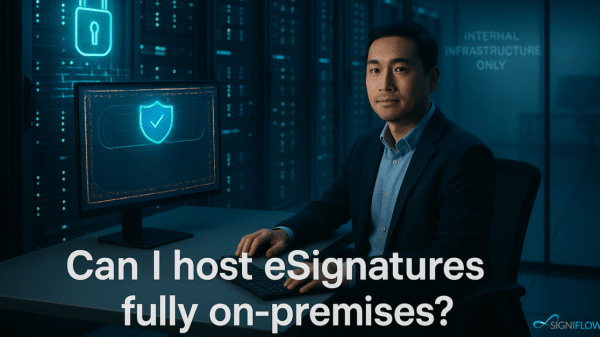A certified digital signature serves as a secure electronic stamp, providing assurance of the authenticity and integrity of a digital document or message. Essentially, a certified digital signature functions as a virtual fingerprint, uniquely identifying the signer and ensuring that the content has not been altered since the signature was applied. This robust level of security is achieved through advanced encryption techniques, making certified digital signatures a cornerstone of modern cybersecurity measures.
Importance of Certified Digital Signatures:
In today’s interconnected world, where sensitive information is constantly exchanged over digital channels, the importance of certified digital signatures cannot be overstated. They offer a reliable means of verifying the identity of the signer and ensuring the integrity of critical documents. Whether it’s a legal contract, financial agreement, or regulatory compliance form, the use of certified digital signatures instills trust and confidence in electronic transactions.
Enhanced Security:
One of the primary benefits of using certified digital signatures is the enhanced security they provide. By leveraging cryptographic algorithms, these signatures create a unique digital fingerprint that is virtually impossible to replicate or forge. This level of security not only safeguards against tampering but also mitigates the risk of unauthorized access to sensitive information. In an era plagued by cybersecurity threats, the robust protection offered by certified digital signatures is invaluable.
Legal Validity:
Another crucial aspect of certified digital signatures is their legal validity. In many jurisdictions around the world, including the European Union, South Africa, Australia and the United States, certified digital signatures are legally recognized as equivalent to traditional handwritten signatures. This recognition is based on the implementation of advanced authentication mechanisms and adherence to regulatory standards, ensuring that digitally signed documents hold the same legal weight as their paper-based counterparts.
Ease of Use:
Despite their sophisticated underlying technology, certified digital signatures are remarkably easy to use. With the right digital signature solution in place, individuals and organizations can sign documents electronically with just a few clicks. This streamlined process not only saves time and resources but also eliminates the need for physical paperwork and manual signatures. Whether you’re signing a contract from halfway around the world or approving a document on the go, certified digital signatures offer unparalleled convenience and efficiency.
Conclusion:
In conclusion, the significance of certified digital signatures in today’s digital landscape cannot be ignored. They serve as a cornerstone of cybersecurity, providing enhanced security, legal validity, and ease of use in electronic transactions. By understanding what is a certified digital signature and embracing its capabilities, businesses and individuals alike can navigate the digital realm with confidence. So, the next time you encounter the need to sign a document electronically, remember the power and peace of mind that come with a certified digital signature.
Ready to experience the benefits of certified digital signatures for yourself? Contact us to learn how SigniFlow can help streamline your document signing process and enhance your cybersecurity posture.
For more information, please visit: https://www.signiflow.com/what-is-a-digital-signature/



